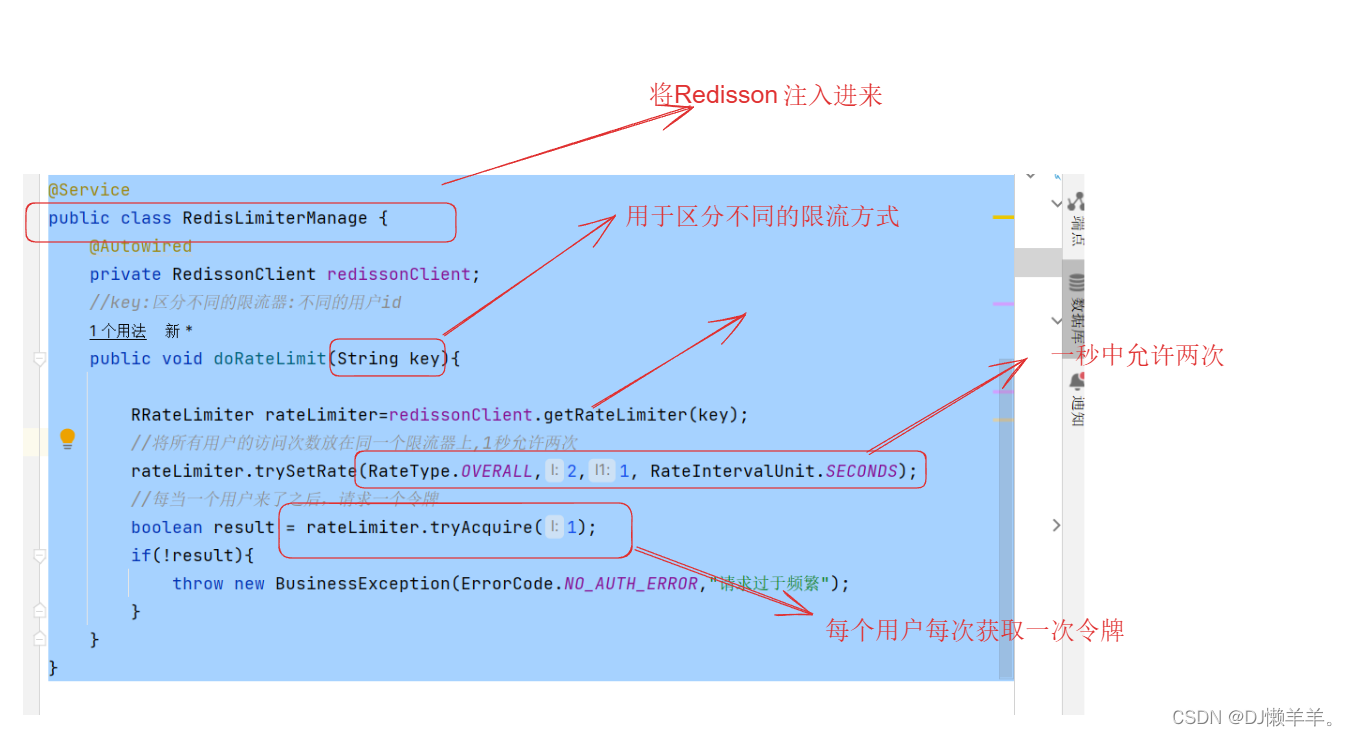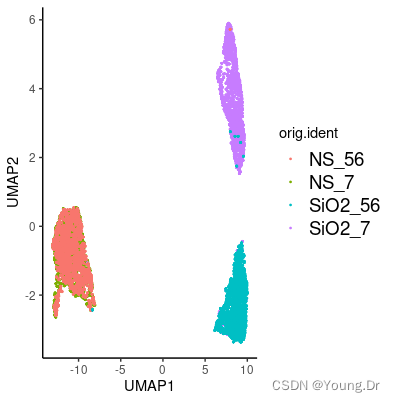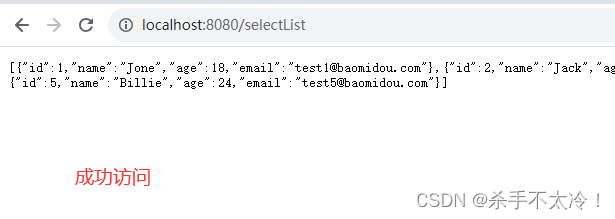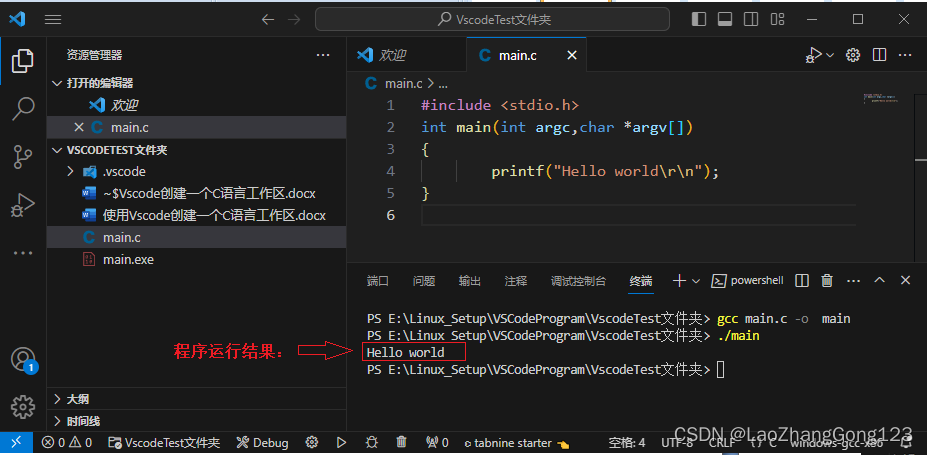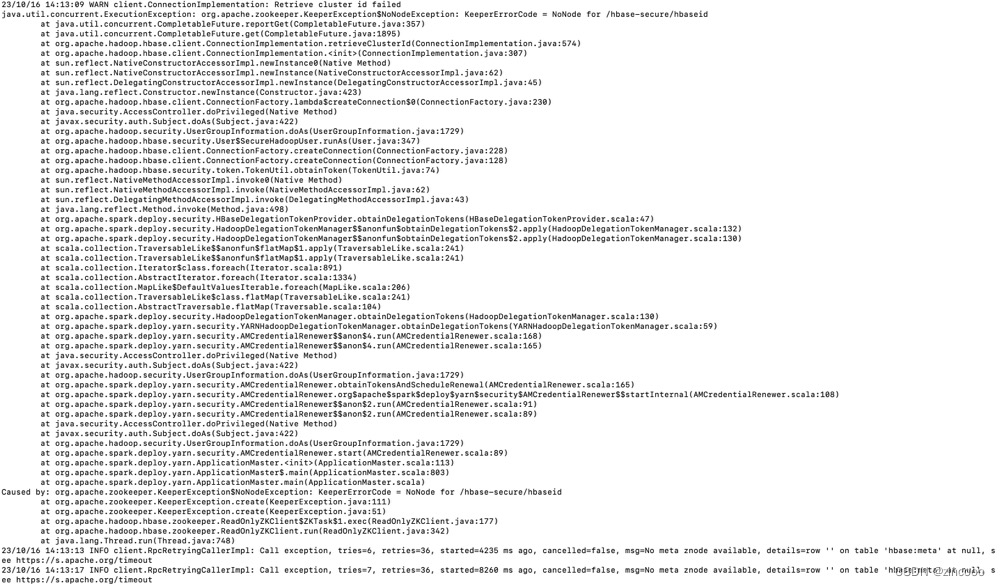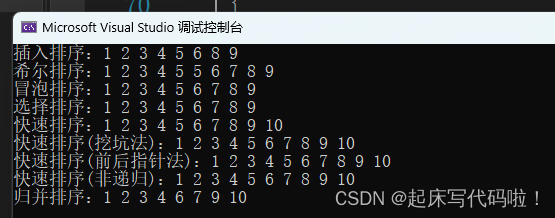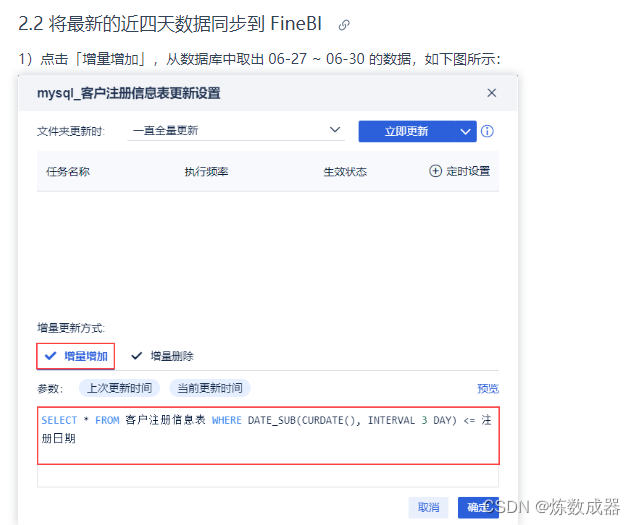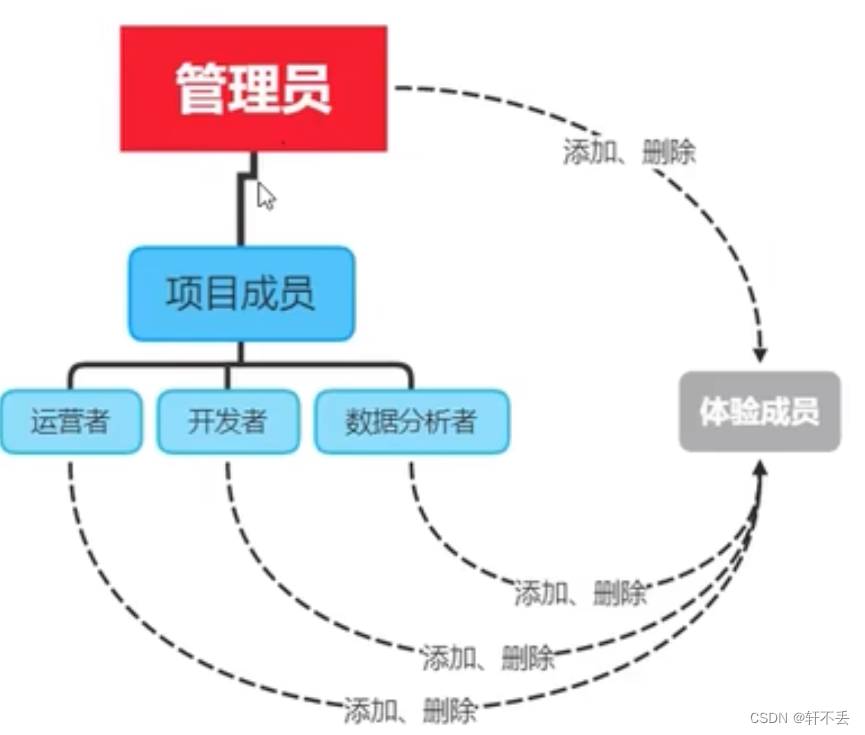1 Flask
1.1 认识Flask
Web Application Framework(Web应用程序框架)或简单的Web Framework(Web框架)表示一个库和模块的集合,使Web应用程序开发人员能够编写应用程序,而不必担心协议,线程管理等低级细节。
1.2 Pycharm安装与简单测试
1.2.1 安装
Pycharm安装Flask框架
File->Settings→Project: [project name]→Project Interpreter

1.2.2 简单测试
运行下面代码,打开http://127.0.0.1:5000的链接
from flask import Flask
# __name__:代表当前模块,app为类的实例
app = Flask(__name__)
# 创建一个路由和视图函数的映射
@app.route('/')
def hello_world():
return 'Hello World'
if __name__ == '__main__':
app.run()
#app.run(host='0.0.0.0', port=5000)

Debug模式(热更新)
Debug模式从控制台可以看见

开启方法:
# 开启Debug模式 运行时传递参数
app.run(debug=True)
2 Flask模块的语法与使用
2.1 Flask路由与路由参数
2.1.1 路由
Flask中的route()装饰器用于将URL绑定到函数,下面代码运行在http://127.0.0.1:5000/hello
@app.route('/hello')
def hello_world():
return 'hello world'
application对象的add_url_rule()函数也可用于将URL与函数绑定
from flask import Flask
app = Flask(__name__)
def hello_world():
return 'hello world'
app.add_url_rule('/', 'hello', hello_world)
app.run()
2.1.2 路由参数(动态构建UrL)
通过向规则参数添加变量部分,可以动态构建
URL。
此变量部分标记为<variable-name>。
它作为关键字参数传递给与规则相关联的函数。
from flask import Flask
app = Flask(__name__)
@app.route('/hello/<name>')
def hello_name(name):
return 'Hello %s!' % name
@app.route('/blog/<int:postID>')
def show_blog(postID):
return 'Blog Number %d' % postID
@app.route('/rev/<float:revNo>')
def revision(revNo):
return 'Revision Number %f' % revNo
if __name__ == '__main__':
app.run(debug = True)

2.1.3 URL构建
url_for()函数用于动态构建特定函数的URL
语法
url_for(函数名,关键字参数)
举例:
from flask import Flask, redirect, url_for
app = Flask(__name__)
@app.route('/world')
def hello_world():
return 'Hello world!!!'
@app.route('/test/<str>')
def hello_test(str):
return '%s !!!' % str
@app.route('/other/<oth>')
def hello_other(oth):
if oth =='world':
return redirect(url_for('hello_world'))
else:
return redirect(url_for('hello_test', str= '随便拉'))
if __name__ == '__main__':
app.run(debug = True)
代码解析:
在postman输入http://127.0.0.1:5000/other/world网址,如果查接收的参数与world匹配,则重定向hello_world()函数
否则:
重定向到hello_test()函数
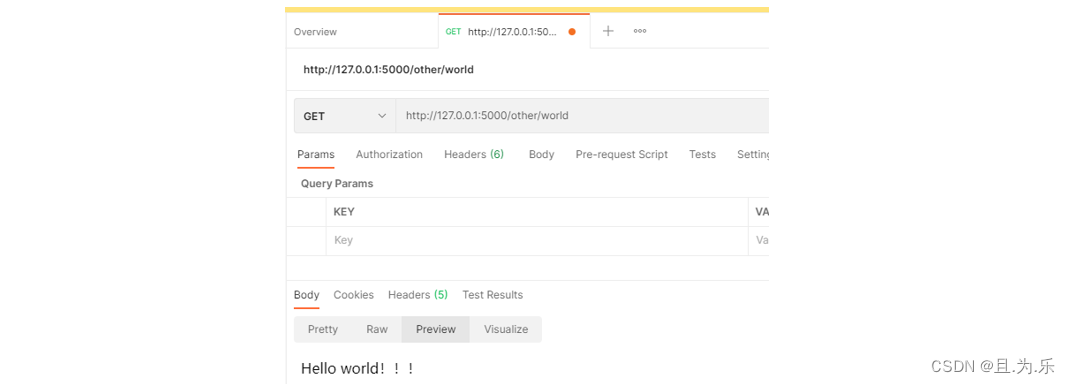
Flask和表单
html代码
<style>
form{
margin:300px auto;
display:block;
}
</style>
<body>
<form action="http://localhost:5000/test" method="post" style="width:300px;height:30px">
<div class="">
<label for="exampleFormControlTextarea1" class="form-label">Example textarea</label>
<textarea class="form-control" id="exampleFormControlTextarea1" rows="3" name="txt"></textarea>
</div>
<input class="btn btn-primary" type="submit" value="Submit">
</form>
</body>
py代码
from flask import Flask, redirect, url_for, request, render_template
app = Flask(__name__)
@app.route('/page')
def index():
return render_template("1.html")
@app.route('/success/<name>')
def success(name):
return 'welcome %s' % name
@app.route('/test',methods = ['POST', 'GET'])
def test():
if request.method == 'POST':
txt = request.form['txt']
print(txt)
return redirect(url_for('success', name=txt))
else:
return redirect(url_for('index'))
if __name__ == '__main__':
app.run(debug=True)

参考文档
[1] W3CSchool教程
[2] 社区版Pycharm自建Flask项目
